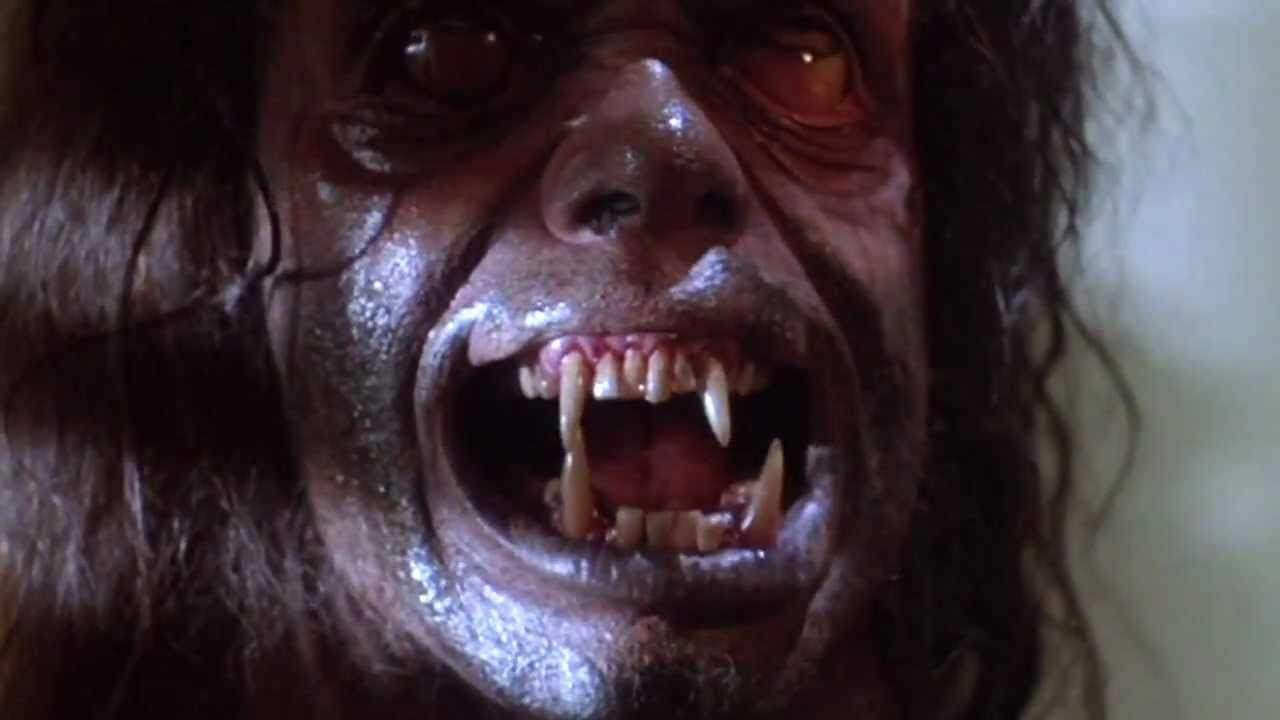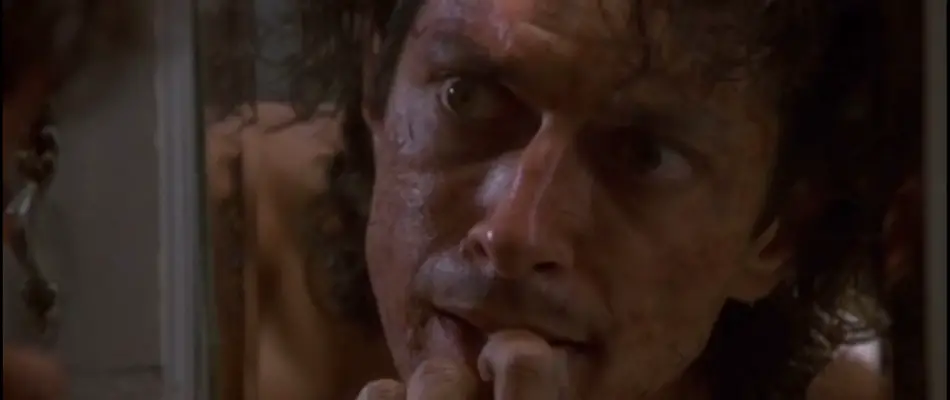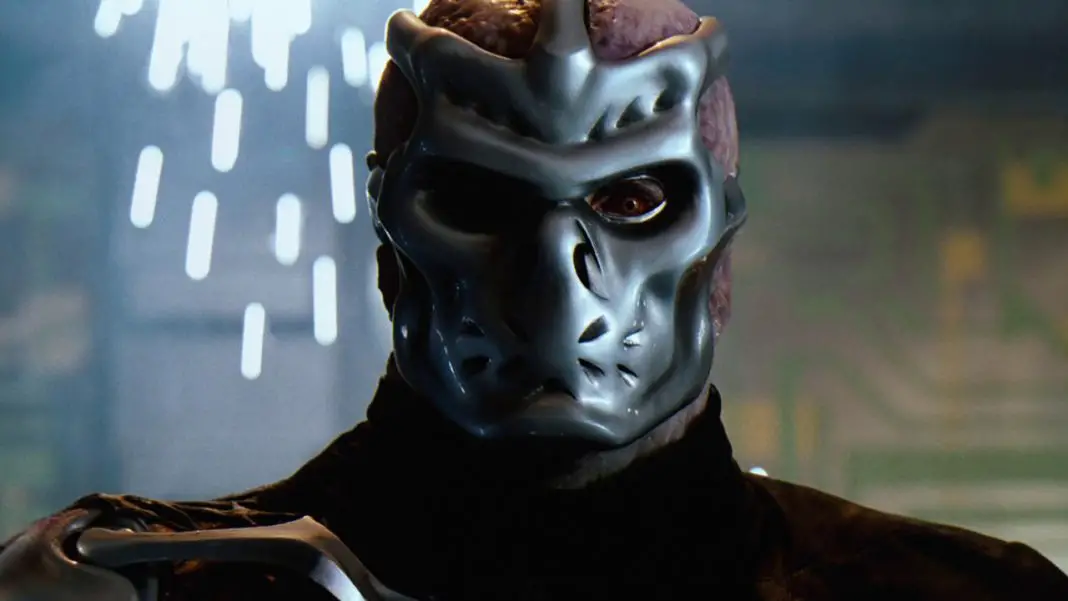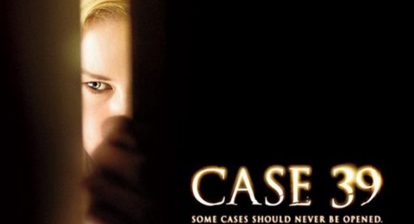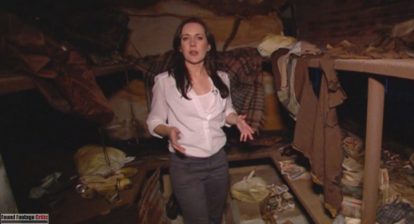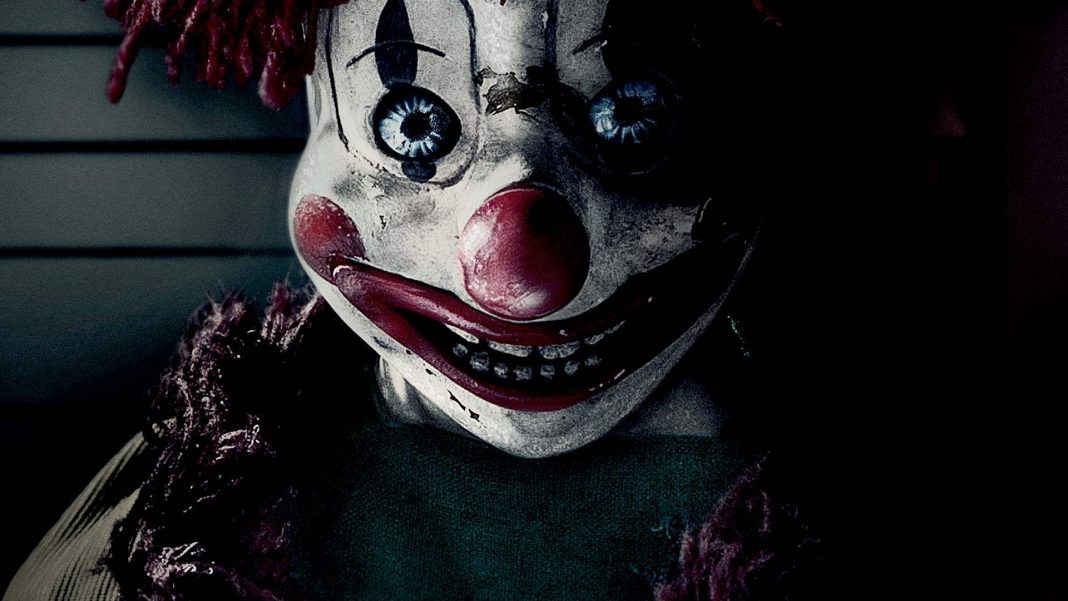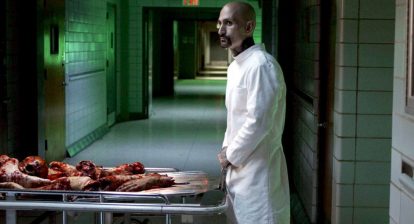Transformations have been an incredibly relevant part of horror films, dating back to the very beginning. Stories of humans transforming into animals and otherworldly beings go back as far as there are stories. Every culture has folktales of werewolves and other shapeshifters. In the more modern era, the scope of literature has also seen works like the tales of H.P. Lovecraft and Kafka’s The Metamorphosis. On film, the notion of physical transformation birthed the body horror genre. These are features that are inherently about the destruction of the human body, generally from the inside out.
Did You Know? Wicked Horror TV Has Classic and Independent Horror Films Available to Stream for Free!
The makeup effects boom of the 1980s led to a focus on sequences like these in movies. Each one seemed to try to top everything that had come before it. Some of them were astonishing, others were disgusting, and the best were somewhere in between. These sequences are painful to watch but they are so powerful that we can’t help but do just that!
Jesse in A Nightmare on Elm Street 2
A Nightmare on Elm Street 2 is a very divisive film in the series, but it works well when viewed as what it is: A possession movie. The effects, for the most part, are great, especially the sequence when Krueger claws his way out of Jesse’s body. This transformation is one of the best effects in a series that is full of amazing effects. It even holds up fairly well by today’s standards. Jesse begins to feel sick, then Freddy bursts out from inside, tearing the boy apart in a truly gruesome scene. The shot of Freddy’s blades shooting out through Jesse’s fingertips unnerves me to this day.
Related Post: A Nightmare on Elm Street 2 is Quirky, Bizarre, and Fun [Editorial]
 Eddie Quist in The Howling
Eddie Quist in The Howling
The transformation scene in An American Werewolf in London is probably the best of all time. It’s the definitive werewolf moment. But there’s something about The Howling’s transformation sequences that is much more disturbing. It doesn’t necessarily look more painful, but it’s definitely less pleasant. Rob Bottin proved with this and The Thing that he would be one of the all-time great FX artists. There’s a melting, bloated aspect to the werewolves here. Quist in particular just looks meaner, more feral, and his flesh really seems to be undergoing a true mutation.
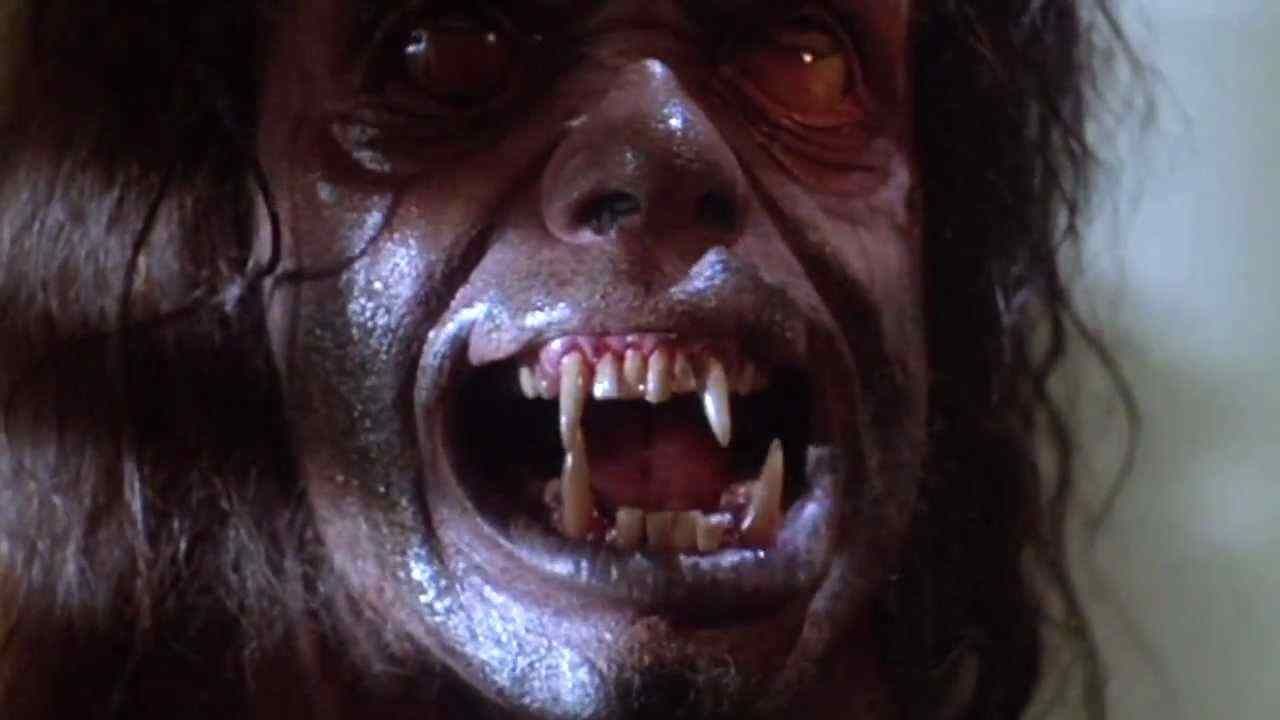 Every Transformation in The Thing
Every Transformation in The Thing
The Thing is a masterpiece of body horror and horror cinema in general. The transformations these people go through, the things that happen when the alien reveals itself are legendary. It’s impossible to pick one scene that stands out when, unlike so many horrors, they all have the same desired effect. They all work perfectly. From the sled dog that bursts open at the beginning, to the blood test, to the Blair creature at the end, each of these monsters is unique unto itself. Every ‘Thing’ is different and each one is wholly imaginative. They all stand on their own perfectly and that’s a large part of what makes the film work so well from an FX perspective.

Seth Brundle in The Fly
Whereas Gregor wakes up one morning and he is a bug in Kafka’s Metamorphosis, the theme is reversed in David Cronenberg’s remake of The Fly. It’s even alluded to as a reversion of this concept when the transforming Brundle explains “I was a fly who dreamed he was a man, but now the dream is over and the insect is awake.” This is a slow change. It’s gradual. The accident does not make Brundle into a fly creature all of a sudden. Instead, it is treated like a disease. It’s a little bit at a time, then more and more, until there’s finally no hiding it. This was a body horror film that explicitly reflects the onset of AIDS, it is a metaphor for diseases that hide in the body, and yet it remains as relevant as ever. The sheer slowness of Brundle’s transformation is what makes it one of the most disturbing of all time.
